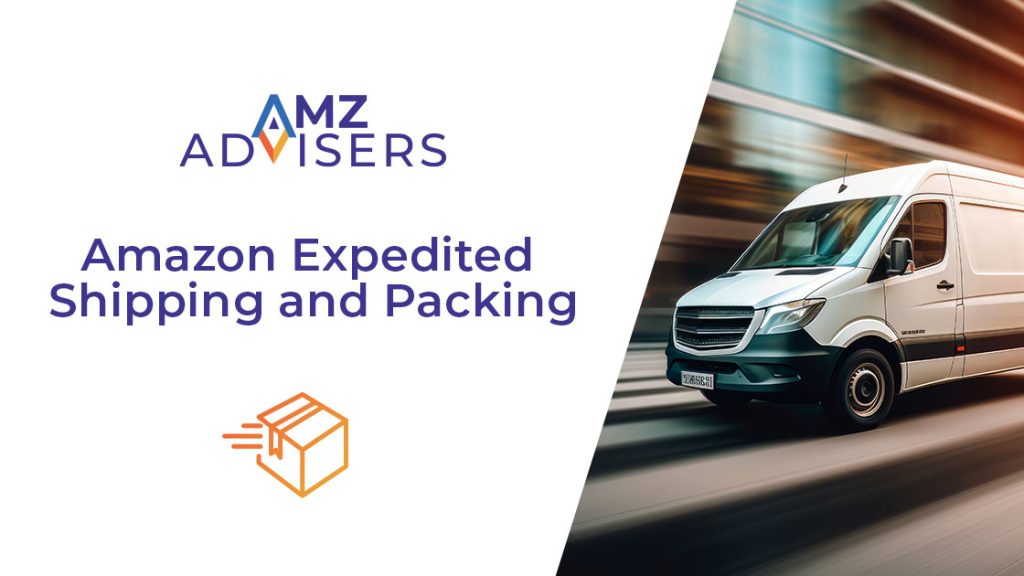Content is king―this is a phrase that all marketers have come to understand. 74% of companies say content increases lead generation, making this a valuable tool for online sellers. But if you sell on Amazon, you must take your content marketing to the next level.
Amazon A+ and premium content will separate you from competitors and will drive sales. That’s because high-quality content educates customers and ensures they develop a strong connection with your brand.
But what is A+ content? How can you improve your product listing creation efforts? This guide will explain all of the Amazon A+ content guidelines.
What Is A+ Content on Amazon?
Previously known as Amazon EBC, A+ content is an Amazon tool where sellers can create different forms of content. For example:
- Text
- Videos
- Images
- Charts
This is important since content creation is part of Amazon product listing optimization. Brands create content using the A+ Content Manager under “Advertising” on Amazon Seller Central, where you’ll find other listing management tools.
To simplify the content creation process, Amazon offers content modules, which are templates to improve your Amazon A+ content design.
These modules have sections for images, charts, and videos and other sections to share product details, highlight benefits and features, and add Q&As.
What Is Premium A+ Content?
Premium A+ Content expands your content creation capabilities with more features, Amazon A+ modules and tools, ensuring you give customers the best experience.
Some of the features you unlock with premium content include:
- Videos
- Larger A+ images
- Navigation carousels
- Interactive hotspots
- Comparison charts and tables
- Q&As
Amazon only makes Premium A+ Content available to brands that fit specific criteria. You can determine if you meet this criteria on your Amazon Seller Central account.
Amazon A+ Content Guidelines
Before creating A+ content, it’s integral that you know Amazon’s guidelines and restrictions. Here are Amazon’s content requirements:
- Don’t include terms such as “top-rated” and “best-selling.”
- If you’re mentioning awards or endorsements, certify the year you won and the organization that hosted the awards.
- Don’t include guarantee or warranty information.
- Retain all rights to the videos, images, and text you’re using.
- Don’t use animation or low-resolution images and video.
- Never reference or compare competitors.
It’s also a best practice to not include any of the following in your product pages:
- Pricing (except the designated pricing area)
- QR codes
- Shipping details
- Hyperlink to your website
- Links to other pages (such as social media)
- Contact information
Why Sellers Must Invest in Content Marketing
Content is essential for all online sellers since it includes text and images to guide leads down the sales funnel. But there are more reasons to use the Amazon A+ content service, which include:
- Increase traffic and sales: A+ content includes all the information that helps customers make purchasing decisions. This is why using A+ content can increase sales and repeat purchases by 8%.
- Tell your brand story: Telling your company story can build brand awareness, engaging them further.
- Encourage repeat purchases: If you supply your customers with excellent content, they will feel more inclined to make another purchase and explore other products. As a result, you’ll have more loyal customers.
- Reduce negative feedback: When you write detailed product descriptions, your customers will feel more confident making a purchase, leading to fewer negative reviews and product returns.
How to Create A+ Content for Amazon
You’ll need to know some best practices to create content that resonates with customers. Here are A+ content creation tips for Amazon.
Include Product Specifications
Technical specifications are some of the most useful pieces of content for consumers. When mentioning product specifications, consider the ones that matter most to customers. These include size, weight, color (or colors) and materials.
Product specifications also vary per industry. If you sell electronics, you’ll want to include information such as plug type, whether or not batteries are included, WiFi, Bluetooth, and compatibility with other devices.
If you sell consumer products such as beauty and cleaning, remember to include information proving your brand consciousness, such as cruelty-free, vegan, and eco-friendly.
Balance Text and Photos
Sellers may see statistics like “65% of people are visual learners” and will immediately center their content strategy around images. However, text is vital to your content strategy since conveying certain product details in written form is more effective.
As an ecommerce seller, it’s best to balance text and images to capture the attention of all audience members.
In addition, text and images complement each other. You can use visuals, such as photography and graphs, to capture different selling points and describe these points in more detail with text.
There are best practices when optimizing your text and visual content strategy:
- Your Amazon copywriting should be free of spelling and grammatical errors.
- Use short paragraphs and bullet points to make your text easier to scan.
- Don’t forget about SEO tactics such as keyword optimization to improve visibility on search engines.
- All visuals should be professionally made and follow the image requirements for Amazon.
- Photography should be well-lit, clear, and visually aesthetic.
- If you’re selling certain products, such as fashion and accessories, show the product from different angles.
- Ensure both text and images are responsive so users can navigate your Amazon listings on desktop, mobile, and the app.
Tell Your Brand Story
Storytelling is a powerful content marketing strategy. This creates an emotional connection with your audience, building brand awareness and loyalty.
Here are a few ideas to tell better brand stories:
- Share your brand values, origin, and mission
- Explain how your products solved problems and improved lives
- Mention brand consciousness facts, such as fair trade and sustainable, and share charities you donate to
Include Charts
Comparison charts are an effective way to share digestible information. Brands can use charts to mention product information, such as size and features, across their entire catalog. That said, ensure these charts differ across your catalog for better listing variations.
Comparison charts are also useful for other reasons. Since you’re comparing features for products in your range, this is a great way to encourage up-selling and cross-selling.
You can create comparison charts for A+ Content and Premium A+ Content. However, Premium offers more customization options.
Don’t Forget About Videos
There’s a reason why 62% of consumers love watching a video to learn about new products―standalone videos in your product descriptions will give your customers a more in-depth look into your products.
Videos can highlight a product’s material, ingredients, appearance, and function.
Video is only available for Premium A+ Content, however. If you qualify for Premium, hire or outsource professionals to create your marketing videos.
Q&As
The Q&A section is where you answer commonly asked questions. This will further help educate customers on your products since your buyers likely have the same questions as other consumers.
When you provide a clear, concise answer, your consumers will be less likely to return the item.
How do you know which questions to include? First, look at your past customer interactions. You can also look at past reviews and find points customers touched on. It’s also a best practice to include questions based on different factors, such as usage, features, and compatibility.
Keep in mind that this feature is only available on Premium A+ Content.
Clickable Carousels
Carousels are a set of slides featuring images and text. Customers can click through the slides to learn more about your products.
To create carousels, use eye-catching visuals with copy paired specifically for the image. For example, if you’re selling body lotion, offer an up-close shot of the lotion and include copy such as “dye and fragrance-free.”
Other carousel content ideas include highlighting features, how-tos, or promoting similar products in your catalog. However, this feature is only available on Premium A+ content.
Are You Struggling With Amazon A+ Content Guidelines?
While content is king, creating high-quality content while following all Amazon A+ content guidelines can be difficult.
Are you struggling to increase traffic and sales with your content marketing strategy? Or are you a new brand that wants to nail eCommerce content upon launch? We can help with both.
AMZ Advisers two services for new sellers on Amazon and a growth service for brands with an existing Amazon presence. We aim to accomplish your goals with both services and grow your business.
Click here to schedule a call with us today.
Author






